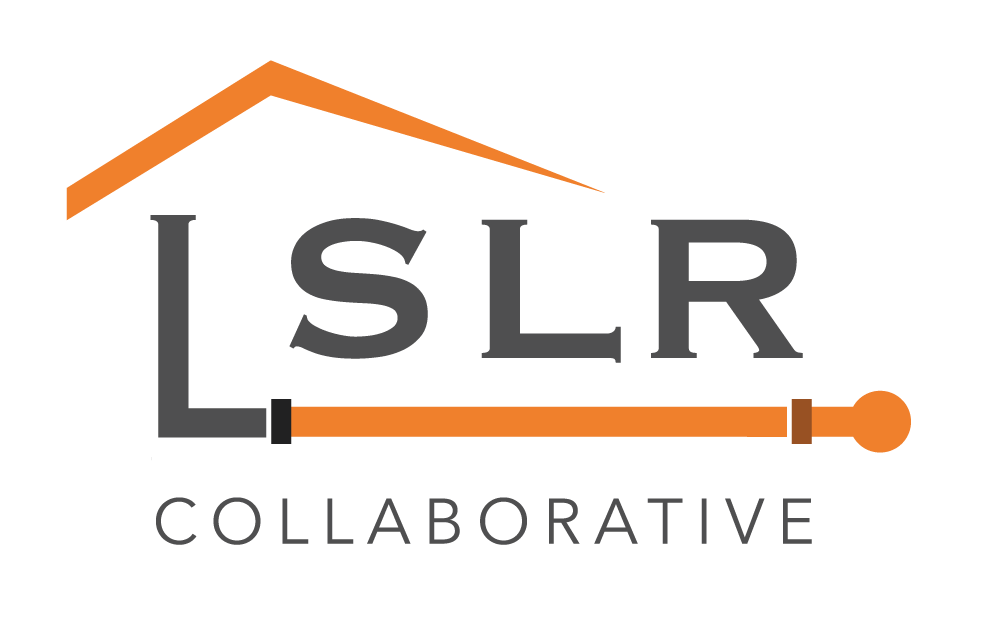|
WBAY.com See the original article. GREEN BAY, Wis. (WBAY) - The Green Bay Water Utility's efforts to remove all of its lead pipes in the city is nearing completion. Action 2 News has been following efforts to replace lead pipes for years, both at the local and state levels. At the time of the Flint, Michigan, water crisis in 2014, Green Bay Water Utility general Manager Nancy Quirk says concern about the dangers of lead pipes and drinking water was already on the radar of Congress. "Lead services were definitely being seen as the main contributor to lead in water and they wanted to get a proactive way to get those out," recalls Quirk. So Green Bay developed an aggressive plan in 2016 to remove all of its lead services left in the city. "We went from 1,800 down to now we're at 194 today, so we are on track to get these out this year," says Quirk. Quirk says it's been a costly but important endeavor. "Somewhere around the $8 million, $9 million that we've spent with our own forces to try to get our side done," explains Quirk. Along with identifying nearly 2,000 utility-owned lead services, crews also investigated the pipes property owners own. "We went into almost 2,500 homes. We knocked on doors, and our customer service metering guys went in and checked the material in the house," says Quirk.
A total of 241 homes had lead pipes with city water flowing through them. To date, all but 17 have been replaced -- and at no cost to the homeowners thanks to a state grant. "We've committed to the city that we're going to get it definitely done in 2020, by the end of December, and we are on track to do that," says Quirk. And she has this advice to other municipalities who have lead pipes in the ground: "Start. Start somewhere. The more you can, just start doing it; it's going to be gone," says Quirk. Comments are closed.
|
Have a suggestion for an article or blog to add?
Let us know! Type
All
Date
April 2023
|


 RSS Feed
RSS Feed